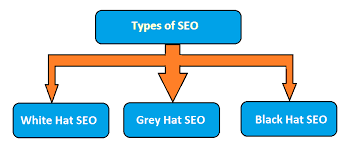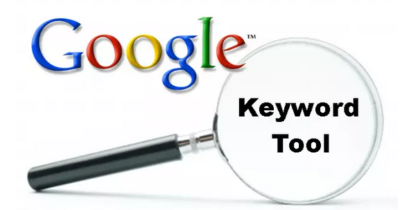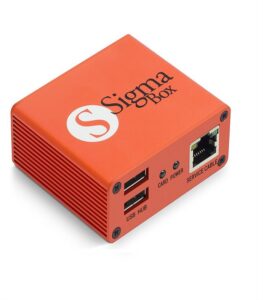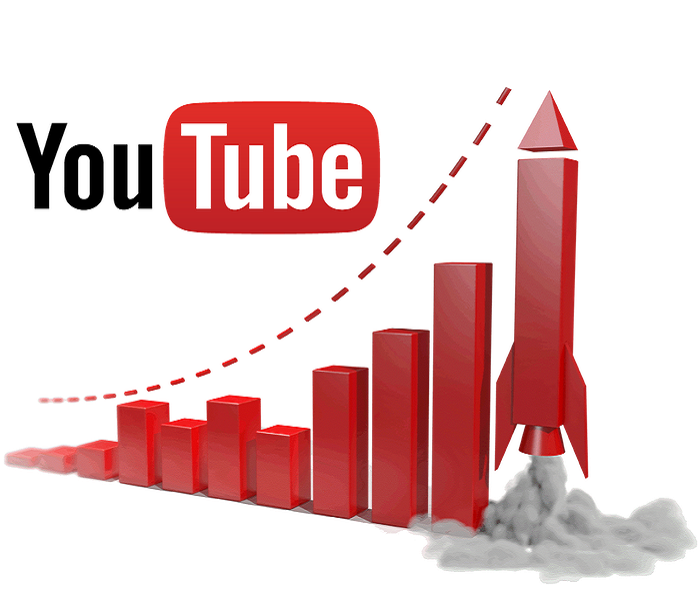
What is YouTube ?
In the vast landscape of the internet, YouTube stands as a towering colossus, a digital amphitheater where creators and audiences converge in a symphony of visuals and sounds. But what is YouTube beyond its iconic red play button and billions of videos?
At its core, YouTube is a video-sharing platform that transcends the conventional boundaries of content creation. Launched in 2005, it has evolved from a humble startup to a global phenomenon, influencing entertainment, education, and culture in profound ways.
YouTube serves as a democratic stage where anyone with a camera and an idea can captivate an audience. From makeup tutorials to scientific experiments, music covers to vlogs documenting daily lives, the platform spans an eclectic range of content. It’s a testament to the democratization of media; no longer is the creation of compelling content confined to studios and professionals.
The platform’s allure lies not just in its vast array of content but also in its interactive nature. Viewers can engage with creators through likes, comments, and subscriptions, fostering a sense of community. YouTube is not merely a passive viewing experience; it’s a dynamic, participatory medium where the audience plays a vital role in shaping the narrative.
Creators, ranging from aspiring individuals to established brands, leverage YouTube’s far-reaching influence to share stories, entertain, educate, and even effect societal change. The platform has birthed celebrities, redefined marketing strategies, and sparked global conversations.
What sets YouTube apart is its adaptability. It’s not only a space for polished productions but also a hub for raw, authentic content. The rise of “YouTubers” has blurred the lines between traditional fame and online stardom. The platform allows for niche communities to thrive, connecting people globally based on shared interests, from gaming and tech reviews to niche hobbies.
Moreover, YouTube has been a game-changer for education. The platform hosts a wealth of tutorials, lectures, and educational channels, democratizing knowledge and providing learning opportunities to anyone with an internet connection.
As we navigate the vast expanse of YouTube, it becomes evident that it’s more than just a website; it’s a cultural phenomenon, a digital agora where diverse voices harmonize and resonate across the globe. YouTube has redefined how we consume, create, and connect through the power of video, making it an indispensable part of the digital landscape. So, the next time you click on that red play button, remember that you’re not just watching a video — you’re part of a global audience, contributing to the ever-evolving tapestry of YouTube.

IT'S IMPORTANT TO GROW A YOUTUBE CHANNEL
In the vast digital universe, where millions of videos vie for attention, understanding the principles of YouTube SEO (Search Engine Optimization) is the key to ensuring your content doesn’t get lost in the crowd. YouTube, being the second-largest search engine globally, demands a strategic approach to make your videos discoverable. Let’s embark on a journey into the world of YouTube SEO and unlock the secrets to catapult your content to the top of search results.
- Keywords are King: At the heart of YouTube SEO lies the strategic use of keywords. Start by researching relevant keywords in your niche using tools like Google Keyword Planner or YouTube’s own search suggest feature. Incorporate these keywords naturally into your video title, description, and tags. This not only helps YouTube’s algorithm understand your content but also improves the chances of your video appearing in search results.
- Compelling Thumbnails and Titles: Your video’s thumbnail and title are the first things users see, and they play a crucial role in determining whether someone clicks on your video. Craft attention-grabbing thumbnails that accurately represent your content, and create titles that include your primary keyword while remaining engaging and clickable.
- Video Description Optimization: The video description is an often overlooked but powerful aspect of YouTube SEO. Use the description to provide additional context about your video, including relevant keywords and links to your website or social media. YouTube allows up to 1,000 characters, so make the most of it by being informative and engaging.
- Transcriptions and Closed Captions: YouTube’s algorithm can’t watch your videos, but it can read them. Providing accurate transcriptions and closed captions not only makes your content accessible to a broader audience but also gives YouTube more data to understand the context of your video, potentially boosting its search ranking.
- Engagement Metrics Matter: YouTube considers user engagement as a critical factor in its ranking algorithm. Encourage viewers to like, comment, and subscribe. The more engagement your video generates, the more likely it is to be promoted by YouTube. Responding to comments also signals to YouTube that your content is valuable and engaging.
- Playlists and End Screens: Create playlists around specific themes or topics to keep viewers engaged on your channel. Additionally, use end screens to direct viewers to other relevant videos, increasing the overall watch time on your channel, which is another crucial metric for YouTube SEO.
- Consistent Branding: Establish a consistent brand across your YouTube channel. This includes using a recognizable profile picture, banner, and a cohesive visual style in your thumbnails. A strong and cohesive brand presence helps in building trust and recognition, both with viewers and with YouTube’s algorithm.
Conclusion: In the ever-evolving landscape of online content, mastering YouTube SEO is not just a strategy; it’s a necessity. By understanding and implementing these SEO tactics, you can enhance the visibility of your videos, reach a broader audience, and ultimately, make your mark on the digital stage that is YouTube. So, optimize away, and let your content shine in the spotlight it deserves.

- On-Page SEO: This involves optimizing individual web pages to rank higher in search engine results. It includes optimizing content, HTML code, and meta tags, ensuring that the page is relevant to specific keywords.
- Off-Page SEO: Off-Page SEO focuses on improving the website’s authority and popularity on the internet. This includes activities like link building, social media marketing, and influencer outreach.
- Technical SEO: Technical SEO deals with the technical aspects of a website, ensuring that search engines can crawl and index it efficiently. This involves optimizing website speed, mobile-friendliness, and addressing issues like duplicate content and broken links.
- Local SEO: Local SEO is crucial for businesses targeting a local audience. It involves optimizing a website to appear in local search results, often including local keywords, Google My Business optimization, and local backlink building.
- Voice Search SEO: With the rise of voice-activated devices, optimizing content for voice search has become important. This involves understanding how people phrase voice queries and creating content that aligns with those patterns.
- Video SEO: Video SEO focuses on optimizing videos for search engines. This includes creating engaging video content, using descriptive titles and tags, and providing thorough video descriptions.
- E-commerce SEO: E-commerce SEO is specific to online stores. It involves optimizing product pages, improving user experience, and implementing strategies to increase visibility in search results.
- Image SEO: Image SEO involves optimizing images on a website for search engines. This includes using descriptive file names, alt text, and ensuring that images are appropriately sized for fast loading times.
- Mobile SEO: As more users access the internet on mobile devices, mobile SEO has become crucial. It involves optimizing websites for mobile responsiveness, fast loading times, and a positive mobile user experience.
- International SEO: For websites targeting a global audience, international SEO ensures that content is optimized for different languages and regions. This includes hreflang tags, country-specific domain extensions, and geotargeting.
When discussing SEO, specifying the context or type of SEO you’re interested in can provide more focused and relevant information.

In the dynamic world of online content, where video reigns supreme, leveraging the synergy between YouTube and social media is a game-changer. Maximizing your video’s reach involves strategic sharing across various platforms. Fortunately, a plethora of YouTube social media sharing tools exists to streamline this process and elevate your content to new heights. In this article, we’ll explore the arsenal of tools that can transform your YouTube presence into a social media sensation.
- Tube Buddy: Enhancing YouTube Management Tube Buddy isn’t just an extension; it’s a comprehensive toolkit for YouTube creators. Among its many features, Tube Buddy facilitates seamless social media sharing. With one click, you can share your videos directly to platforms like Twitter and Facebook, saving you valuable time and ensuring your content reaches your audience across multiple channels.
- Hootsuite: Centralized Social Media Management Hootsuite is a social media management platform that allows you to schedule and manage posts across various networks. Integrate your YouTube channel with Hootsuite to schedule video shares, enabling you to maintain a consistent social media presence without the hassle of real-time posting.
- Buffer: Simplifying Social Sharing Buffer is another gem in the social media sharing toolkit. Its intuitive interface lets you schedule YouTube video shares effortlessly. Additionally, Buffer provides analytics to track the performance of your shared content, allowing you to refine your strategy based on audience engagement.
- IFTTT (If This Then That): Automating Social Sharing IFTTT is a versatile automation tool that connects different apps and services. Create applets (customized automated tasks) to automatically share your YouTube videos on various social media platforms as soon as you upload them. This hands-off approach ensures consistent sharing without manual intervention.
- SocialBee: Tailored Social Media Posting SocialBee offers a more targeted approach to social media sharing. Schedule YouTube video shares based on specific categories or content types, allowing you to tailor your approach for different audience segments across platforms like LinkedIn, Twitter, and more.
- Co Schedule: Unified Content Calendar Co Schedule is a content marketing and social media scheduling tool that helps you plan and organize your content calendar. Integrate your YouTube videos seamlessly, ensuring a coordinated approach to sharing across different social media channels.


 Instagram
Instagram YouTube
YouTube Faccebook
Faccebook Twitter
Twitter TikTok
TikTok Rumble
Rumble Reddit
Reddit Telegram
Telegram Quora
Quora Website Traffic
Website Traffic